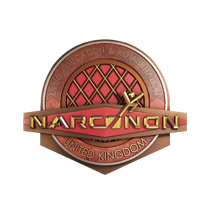Alcohol is the Key Gateway Drug

A study done by the university of Florida found that it was alcohol, not marijuana as is most commonly cited, that is the key gateway drug.
Here’s what the report had to say:
‘The Gateway Drug Theory suggests that licit drugs, such as tobacco and alcohol, serve as a “gateway” toward the use of other, illicit drugs. The purpose of this investigation was to determine which drug (alcohol, tobacco, or marijuana) was the actual “gateway” drug leading to additional substance use among a nationally representative sample of high school seniors.
Results from the Guttman scale indicated that alcohol represented the “gateway” drug, leading to the use of tobacco, marijuana, and other illicit substances. Moreover, students who used alcohol exhibited a significantly greater likelihood of using both licit and illicit drugs.
The findings from this investigation support that alcohol should receive primary attention in school-based substance abuse prevention programming, as the use of other substances could be impacted by delaying or preventing alcohol use. Therefore, it seems prudent for school and public health officials to focus prevention efforts, policies, and monies, on addressing adolescent alcohol use.
Alcohol as a Legal Drug
Alcohol as a legal drug has often gotten less attention than marijuana. But as we can see in the report a slightly different view than has been traditionally taken is required. This gives a new method of approach and hopefully, an improvement in alcohol prevention in schools, to then prevent teens moving onto harder drugs.
Though many people drink without then moving onto illicit drugs, this conclusion can help those in responsible positions ensure there is more help for those getting into alcohol abuse before the risks of further drugs are involved.


